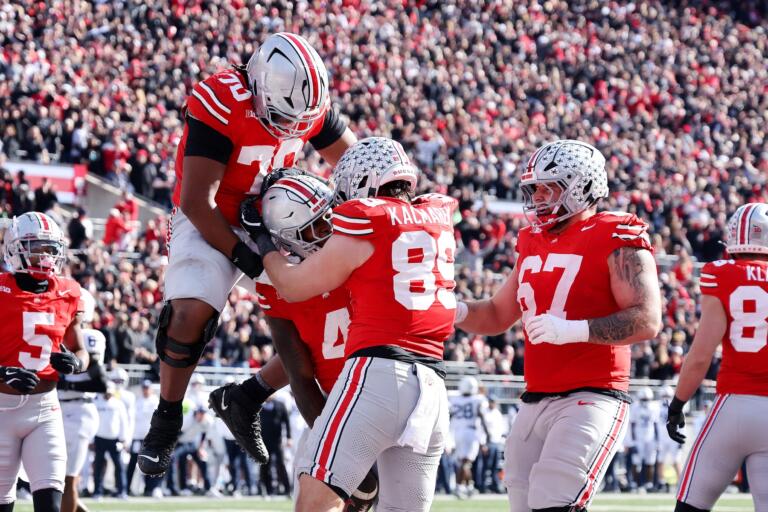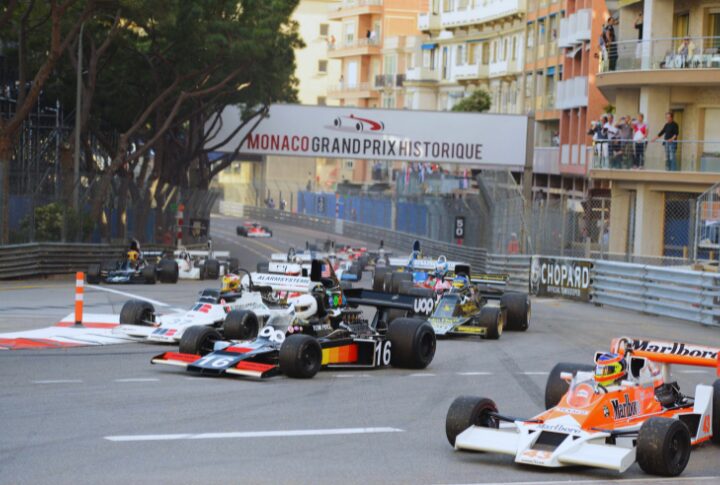
For over 70 years, Formula 1 has entertained fans with its history, iconic tracks, and legendary drivers. Each track, from winding roads to purpose-built circuits, has its own character and story. Here are 15 notable F1 circuits that have shaped the sport into what it is today, with histories as fascinating as the races.
Monza Circuit, Italy

Built in 1922, the “Temple of Speed” has been a fixture on the F1 calendar since the 1950s. This high-speed track has long straights and fast corners, allowing cars to reach some of the highest speeds in the sport. Monza’s rich history and parkland setting make it a must-visit destination for any F1 fan.
Circuit De Monaco
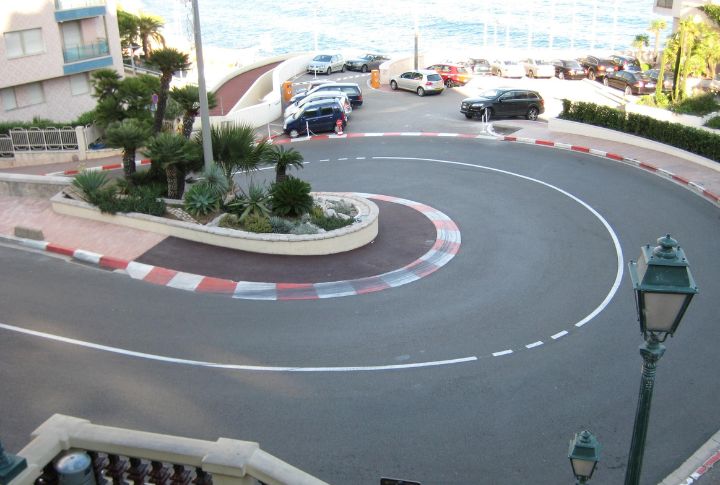
The Monaco Grand Prix is often regarded as the crown jewel of Formula 1. It weaves through the streets of Monte Carlo and gives a unique fusion of glamour and danger. Monaco presents a supreme test of driver skill and concentration and is one of the calendar’s most challenging and visually stunning races.
Silverstone Circuit

Silverstone has hosted the British Grand Prix since 1950. It was once a World War II airfield but has evolved into a modern, high-speed circuit that tests the limits of cars and drivers. Famous corners like Abbey and Becketts have become legendary in the sport. The track’s accessibility makes it a popular choice for F1 enthusiasts.
Suzuka Circuit, Japan
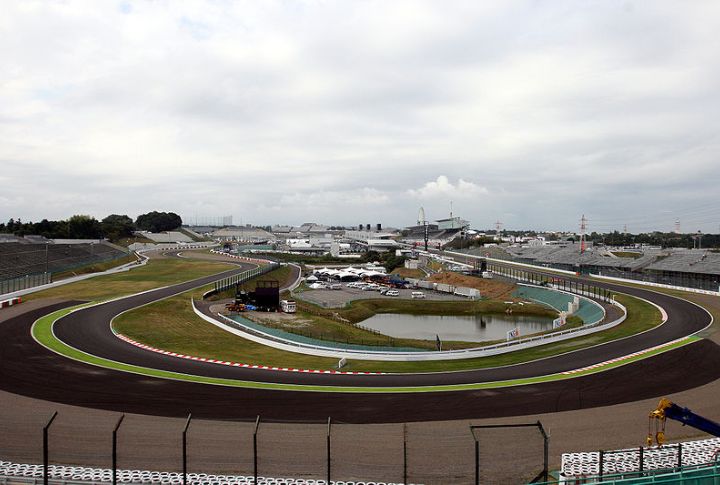
Suzuka has been the place for many championship-deciding races and is loved by fans for its technical challenges and enthusiasm of Japanese spectators. After Allan MCNish’s crash in 2002, the famous 130R corner was eased for safety reasons. Japan’s Suzuka Circuit is recognized for its figure-8 layout and challenging corners.
Circuit De Spa-Francorchamps, Belgium
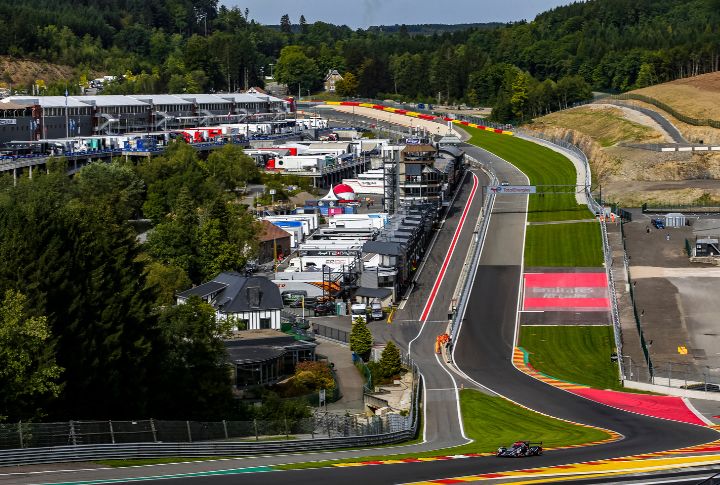
The infamous Eau Rouge-Raidillon complex, a steep, high-speed uphill corner of the Circuit De Spa-Francorchamps, is seen as one of the most thrilling sections in motorsport. Situated in the Ardennes forest, the Spa is widely regarded as the longest on the circuit calendar, at 7.004 km. Its unpredictable weather adds to the excitement.
Circuit Gilles Villeneuve, Canada
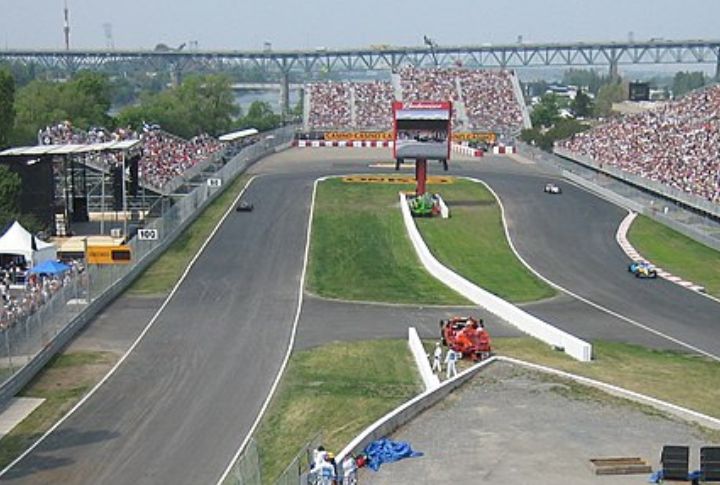
Built on the roads of Notre Dame Island in the middle of the St. Lawrence River, the Circuit Gilles Villeneuve has been home to the Canadian Grand Prix since 1978. With its party atmosphere and the “Wall of Champions”—a notorious final chicane that has caught out many world champions, the track punishes even the slightest mistakes.
Autódromo José Carlos Pace (Interlagos)

Better known as Interlagos, the Autódromo José Carlos Pace welcomed its first Grand Prix in 1973. When its construction began in 1938, the designers were inspired by circuits in the UK, the US, and France. Today, its anti-clockwise circuit features significant elevation changes and a mix of high-speed sections and technical corners.
Hungaroring, Hungary
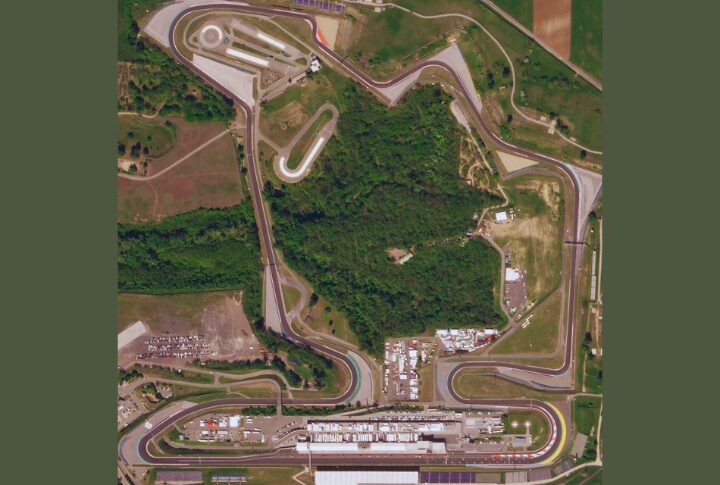
Nelson Piquet won the debut Grand Prix at Hungary in 1986. The circuit, located just outside Budapest, is often compared to a sizeable karting track because it lacks straights. Its tight and twisty nature prioritizes downforce and driver skill. Sited in a natural amphitheater, the Hungaroring provides excellent viewing opportunities for fans.
Circuit Zandvoort, Netherlands
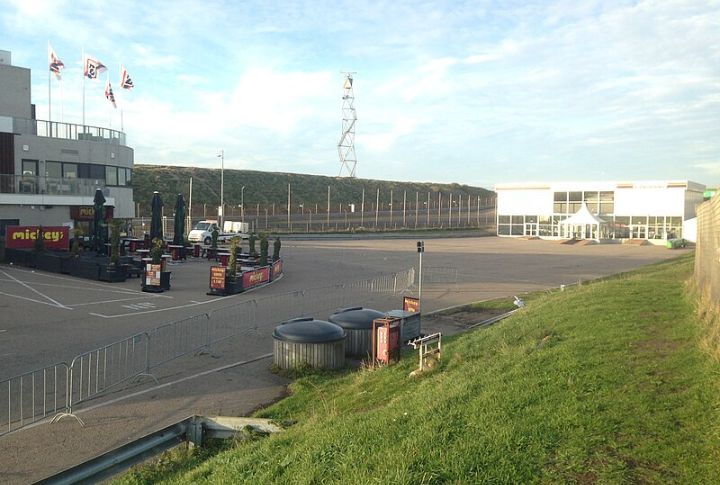
Recently returned to the F1 calendar after 35 years, Circuit Zandvoort in the Netherlands offers a classic, old-school feel with a modern twist. Set in the coastal dunes, the circuit’s narrow width and limited runoff areas demand precision from drivers. Though the circuit opened in 1948, Formula 1 arrived about four years later, in 1952.
Circuit de Barcelona-Catalunya

Outside Barcelona, Circuit de Barcelona-Catalunya has been a staple of the Formula 1 calendar since 1991. It was here in 1996 that Michael Schumacher secured his first win for Ferrari. A notable feature of the circuit is its first corner—a sweeping right-hander that has been the scene of many dramatic moments.
Red Bull Ring, Spielberg, Austria
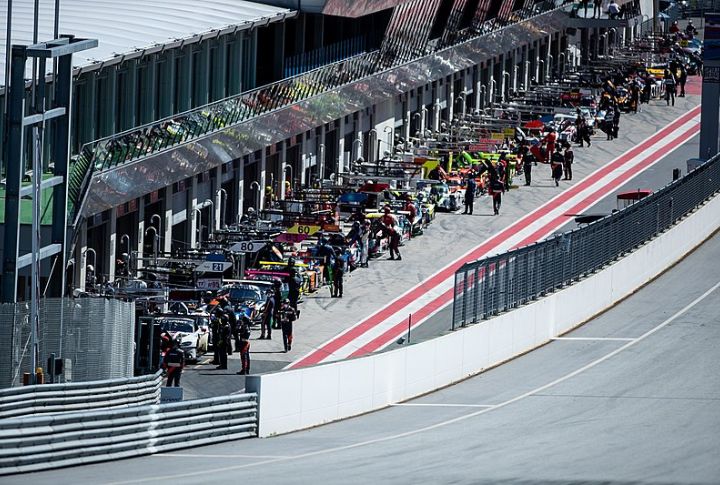
The Red Bull Ring in Austria, formerly called the A1-Ring and Österreichring, is a compact but fast circuit set against the backdrop of the Styrian mountains. Its relatively short lap features ten corners but includes challenging uphill sections and sweeping turns. The track’s location offers stunning views.
Hockenheimring, Germany

Germany’s Hockenheimring has undergone significant changes since its debut. Initially built in 1932 as a Mercedes test track, it was a 12-kilometer triangular circuit called the ‘Dreieckskurs.’ Until 2002, the track featured a long forest section, but it was shortened that year to its current layout. Hockenheim’s history makes it a memorable venue.
Sepang, Malaysia
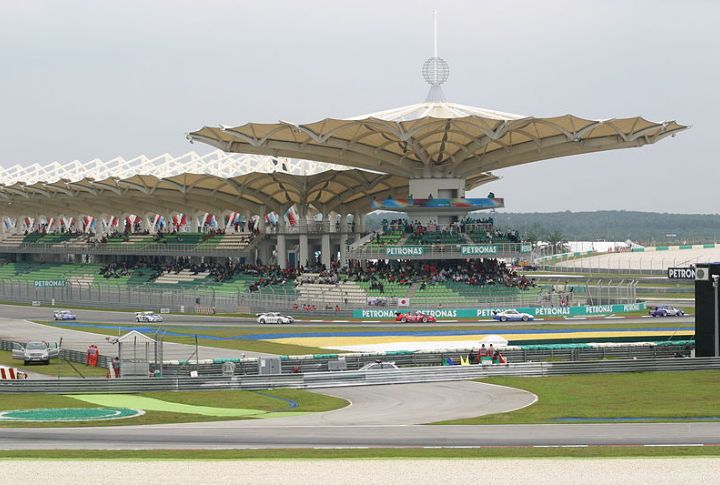
Sepang International Circuit in Malaysia was one of the first modern F1 tracks designed by Hermann Tilke. It quickly became a driver’s favorite and played host to the Malaysian Grand Prix between 1999 and 2017. The circuit’s tropical location added an extra challenge, with sudden downpours and heat playing a role in race outcomes.
Autódromo Hermanos Rodríguez, Mexico City, Mexico
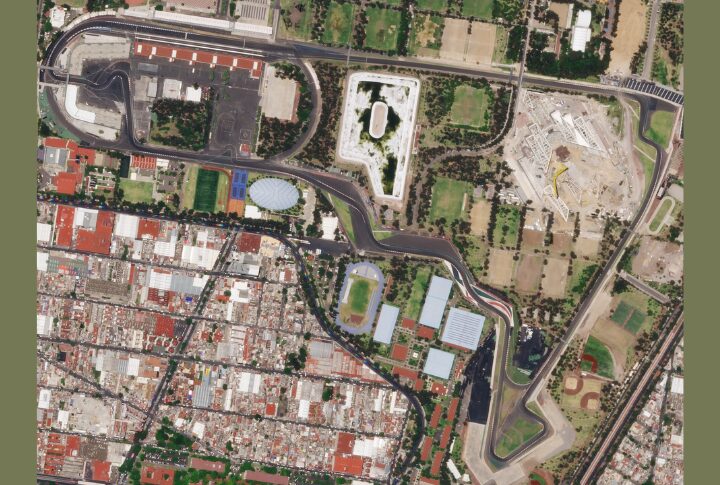
Named after the famous racing Rodriguez brothers Ricardo and Pedro, this circuit is best known for its final section, which winds through the Foro Sol baseball stadium. The stadium creates an amphitheater-like atmosphere over 2 km above sea level, with fans cheering drivers on as they steer the tricky final corners.
Autodromo Internazionale Enzo e Dino Ferrari, Italy (Autodromo Imola)
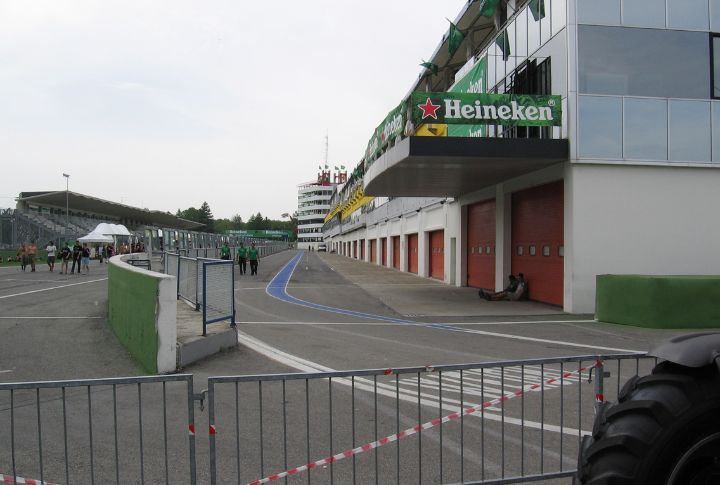
The Autodromo Internazionale Enzo e Dino Ferrari, commonly identified as Imola, is steeped in Formula 1 history. This fast, flowing circuit in the Italian countryside has seen triumph and tragedy. Its mix of high-speed straights and iconic corners like Tamburello, Piratella, and Acque Minerali make it an actual test of car and driver.




